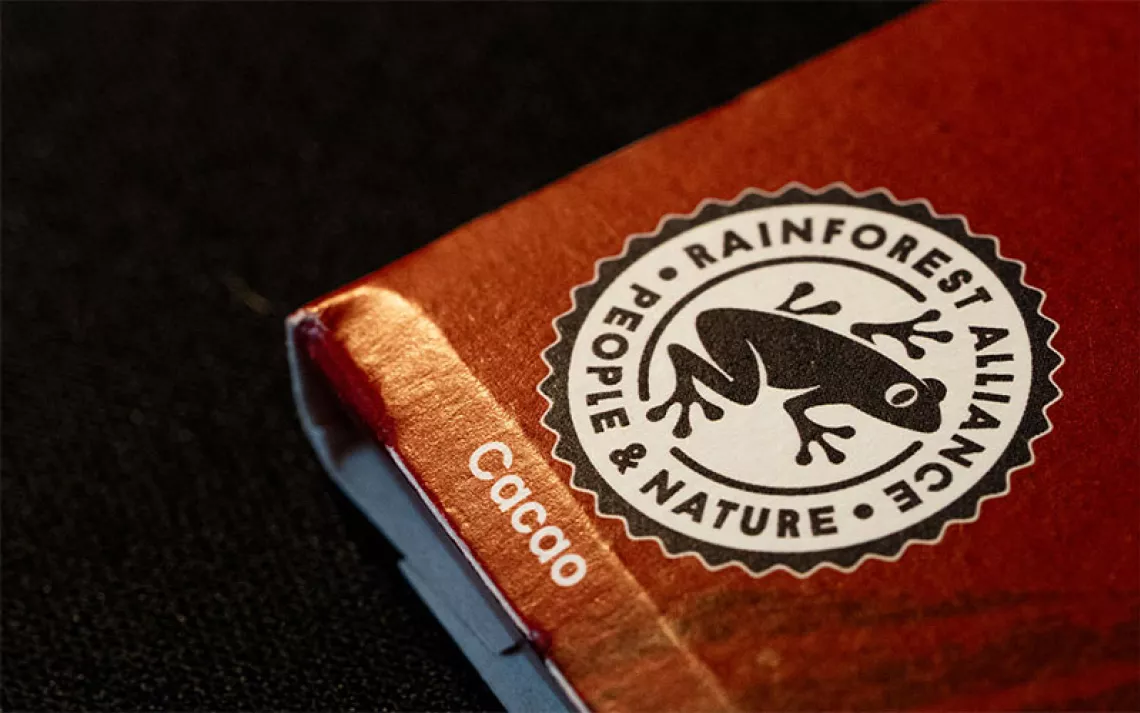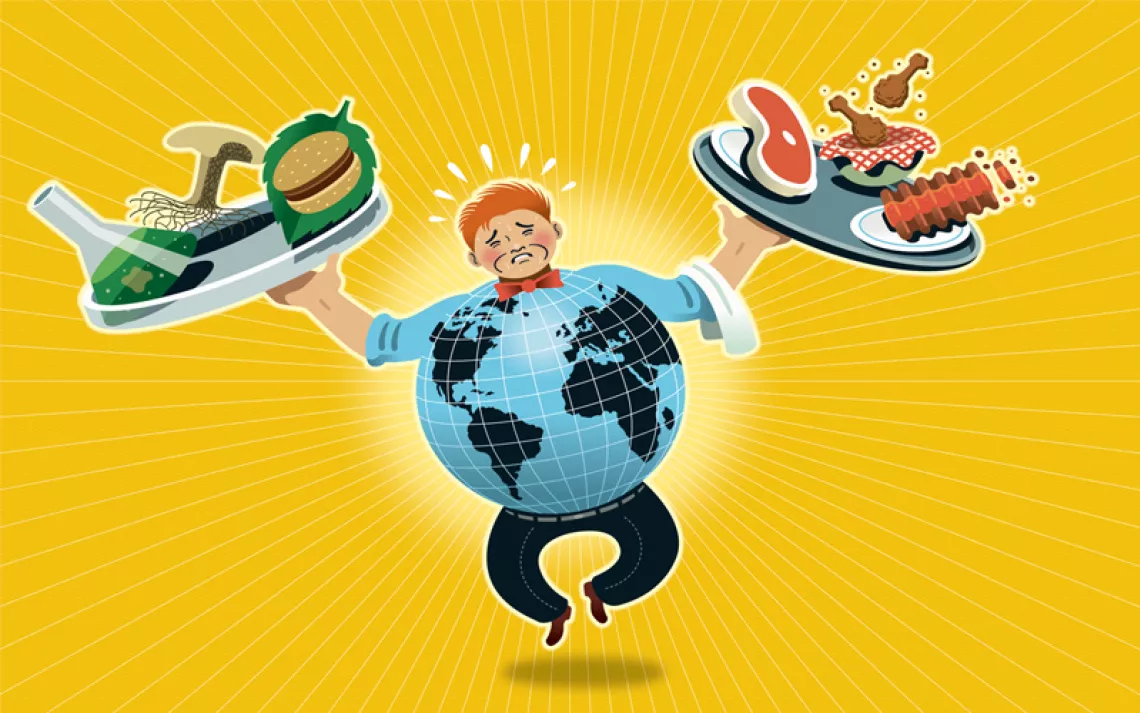Of Palates and Progress

Unnaturally Delicious: How Science and Technology Are Serving Up Super Foods to Save the World by Jayson Lusk (St. Martin's Press, March 2016)
Humans have been manipulating the natural world since they first domesticated crops, which is to say pretty much forever. American history is made up of people like Thomas Jefferson and George Washington Carver, who were agricultural entrepreneurs as much as leaders.
That’s the central argument behind the new book Unnaturally Delicious: How Science and Technology Are Serving Up Super Foods to Save the World. In it, Dr. Jayson Lusk, a professor of agricultural economics at Oklahoma State University, wonders: When human history is filled with examples of agricultural innovation, why are we ignoring technologies that could truly make a difference?
The book offers a welcome primer on the work being done today to try and feed the hungry planet. Lusk goes behind the scenes and zips through the current state of modern food inventions, from 3-D printing to test-tube burgers, from vitamin-enriched seeds to bacteria-testing technologies that could prevent foodborne-illness outbreaks.
But by dismissing the local, organic food movement as nothing more than a “romantic cause” and the concerns of the people working in it as unwarranted, Lusk unwittingly falls into the same reductionist trap as that of the people he’s scolding. Technology is a powerful tool with incredible potential for good. But willfully ignoring its potential downsides is just as dangerous as dismissing technology entirely.
Some facts that set the stage for this book, and the conversation as a whole: The world population grows at a pace of about 1 percent, or about 75 million people, per year. About 795 million people on the current planet, or one in nine, live in hunger, and it’s reasonable to believe that number will rise with the world population growth and climate change. At the same time, the pressures that our current food system is putting on health, the environment, and animal welfare are real.
Solutions need to be found, and technology will almost certainly be part of those solutions. GMO crops are already helping to provide nutrients to developing nations, and the nutrient-enriched sweet potatoes and rice that Lusk outlines provide a valuable service to African populations. Similarly, it’s not hard to imagine that a 3-D printer or robotic chef, capable of “printing” out pizza or breakfast, will be a kitchen-counter staple for the next generation, just as test-tube beef will likely be part of dinner plates in the coming decades. (If it all seems a little too Jetsons-y to be true, Lusk points out that “Abraham Lincoln probably couldn’t imagine a day when every home had a device that kept food cooler than 40 degrees.”)
He also does a convincing job of laying out the benefits of more obscure technologies, like a new high-pressure processing that could severely reduce the cases of E. coli and other bacteria, or a system that shows when olive oil is stale, or a probiotic that could fight obesity. He proposes solutions for other issues, like an offset for animal suffering that’s similar to a carbon offset—this idea seems a little too wonky to actually work, but at least he’s contributing to the conversation.
Where the book falls down is failing to accurately address the concerns of food activists. It’s true that the organic movement is currently only in a position to provide food to a wealthy subset of the population—leaving out the food deserts of U.S. cities, not to mention the wide swaths of undernourished people in developing countries. This is known to leaders like Michael Pollan and Alice Waters, who don’t advocate the return to some fictional prelapsarian state, as Lusk suggests, as much as caution against manipulating the natural world (or at least “natural” as we know it) beyond recognition.
Agriculture existed for thousands of years with only a few inventions like the plow and cotton gin pushing it forward. In the past century, it has changed dramatically, and the consequences of many of these innovations are only starting to be understood. Technology and innovation may be necessary to feed the growing planet—but real progress will likely come from blending the new with the old.
 The Magazine of The Sierra Club
The Magazine of The Sierra Club



